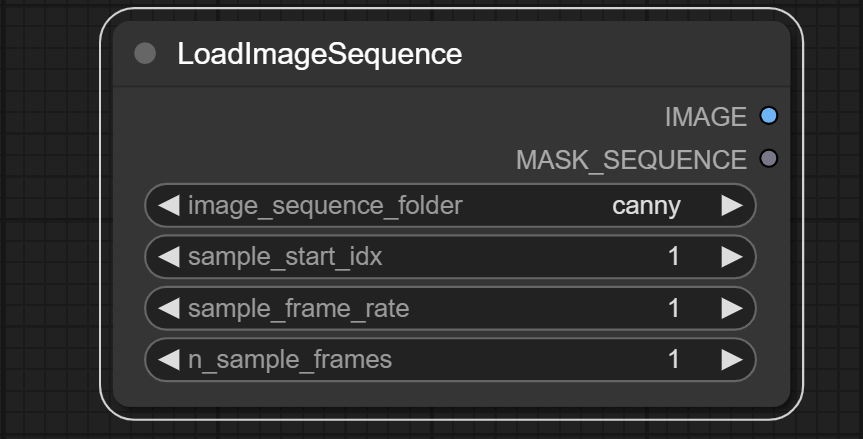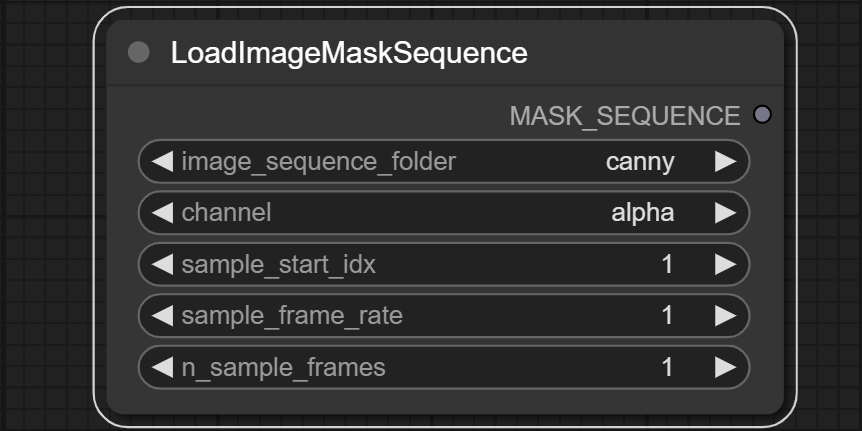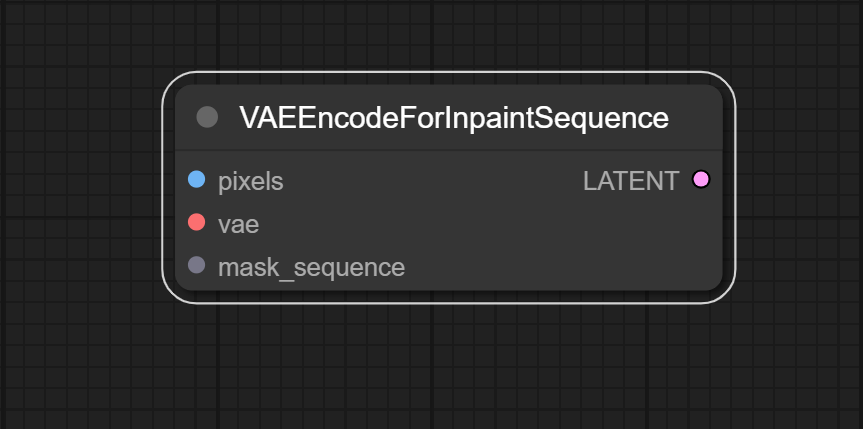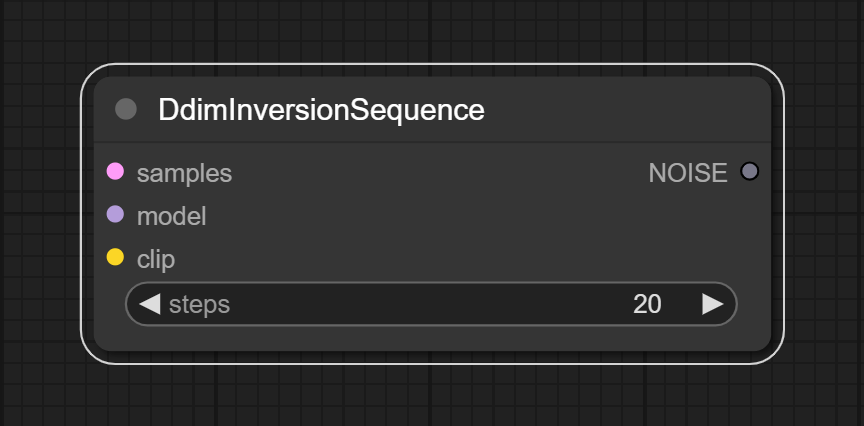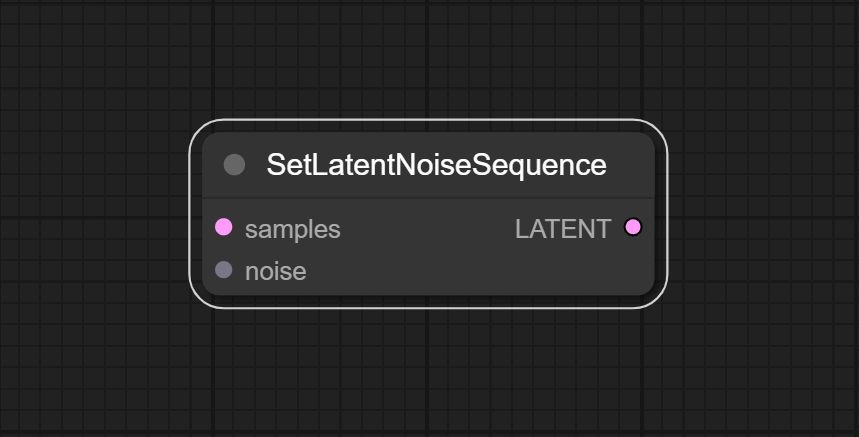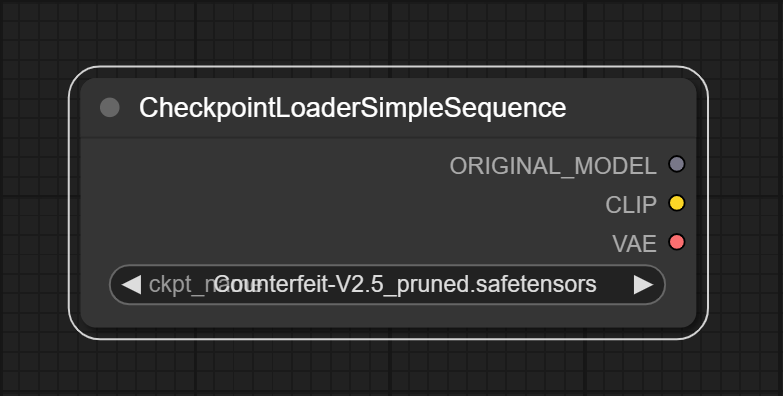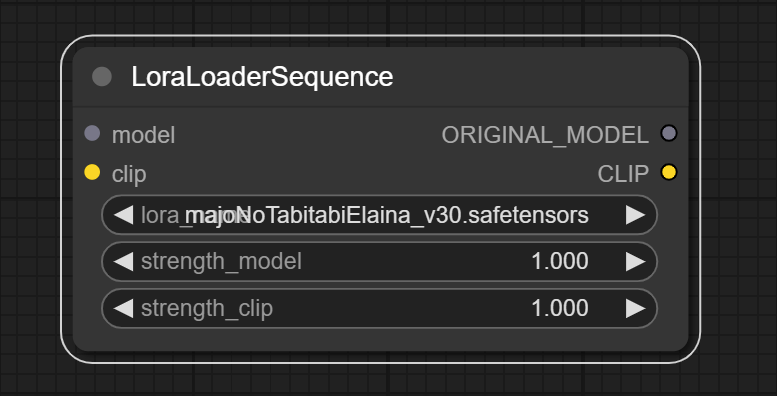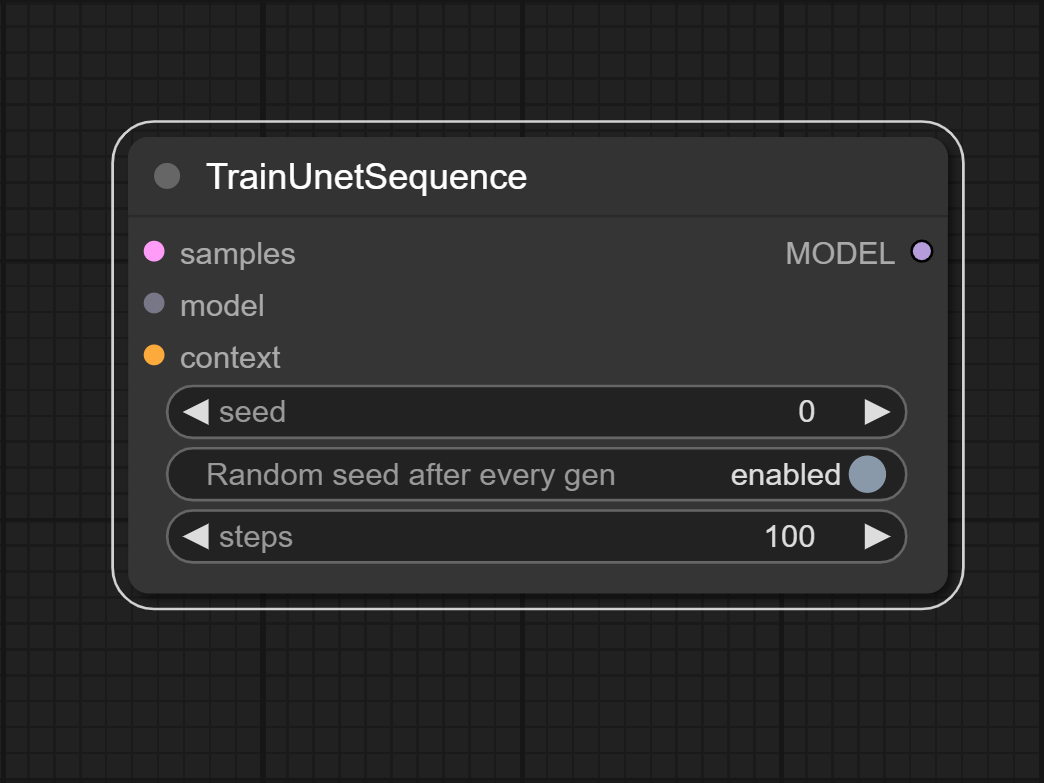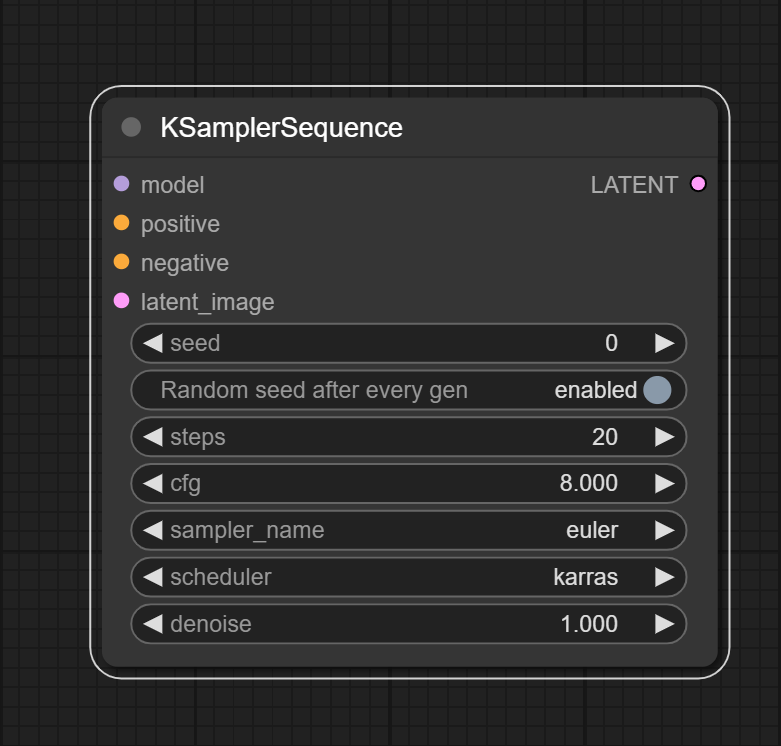Vid2vid Node Suite for ComfyUI
A node suite for ComfyUI that allows you to load image sequence and generate new image sequence with different styles or content.
Original repo: https://github.com/sylym/stable-diffusion-vid2vid
Firstly, install comfyui
Then run:
cd ComfyUI/custom_nodes
git clone https://github.com/sylym/comfy_vid2vid
cd comfy_vid2vidNext, download dependencies:
python -m pip install -r requirements.txtFor ComfyUI portable standalone build:
#You may need to replace "..\..\..\python_embeded\python.exe" depends your python_embeded location
..\..\..\python_embeded\python.exe -m pip install -r requirements.txtAll nodes are classified under the vid2vid category. For some workflow examples you can check out:
Load image sequence from a folder.
Inputs:
- None
Outputs:
-
IMAGE
- Image sequence
-
MASK_SEQUENCE
- The alpha channel of the image sequence is the channel we will use as a mask.
Parameters:
-
image_sequence_folder
- Select the folder that contains a sequence of images. Node only uses folders in the
inputfolder. - The folder should only contain images with the same size.
- Select the folder that contains a sequence of images. Node only uses folders in the
-
sample_start_idx
- The start index of the image sequence. The image sequence will be sorted by image names.
-
sample_frame_rate
- The frame rate of the image sequence. If the frame rate is 2, the node will sample every 2 images.
-
n_sample_frames
- The number of images in the sequence. The number of images in
image_sequence_foldermust be greater than or equal tosample_start_idx - 1 + n_sample_frames * sample_frame_rate. - If you want to use the node
CheckpointLoaderSimpleSequenceto generate a sequence of pictures, setn_sample_frames>= 3.
- The number of images in the sequence. The number of images in
Load mask sequence from a folder.
Inputs:
- None
Outputs:
- MASK_SEQUENCE
- Image mask sequence
Parameters:
-
image_sequence_folder
- Select the folder that contains a sequence of images. Node only uses folders in the
inputfolder. - The folder should only contain images with the same size.
- Select the folder that contains a sequence of images. Node only uses folders in the
-
channel
- The channel of the image sequence that will be used as a mask.
-
sample_start_idx
- The start index of the image sequence. The image sequence will be sorted by image names.
-
sample_frame_rate
- The frame rate of the image sequence. If the frame rate is 2, the node will sample every 2 images.
-
n_sample_frames
- The number of images in the sequence. The number of images in
image_sequence_foldermust be greater than or equal tosample_start_idx - 1 + n_sample_frames * sample_frame_rate.
- The number of images in the sequence. The number of images in
Encode the input image sequence into a latent vector using a Variational Autoencoder (VAE) model. Also add image mask sequence to latent vector.
Inputs:
-
pixels: IMAGE
- Image sequence that will be encoded.
-
vae: VAE
- VAE model that will be used to encode the image sequence.
-
mask_sequence: MASK_SEQUENCE
- Image mask sequence that will be added to the latent vector. The number of images and masks must be the same.
Outputs:
- LATENT
- The latent vector with image mask sequence. The image mask sequence in the latent vector will only take effect when using the node
KSamplerSequence.
- The latent vector with image mask sequence. The image mask sequence in the latent vector will only take effect when using the node
Parameters:
- None
Generate a specific noise vector by inverting the input latent vector using the Ddim model. Usually used to improve the time consistency of the output image sequence.
Inputs:
-
samples: LATENT
- The latent vector that will be inverted.
-
model: MODEL
- Full model that will be used to invert the latent vector.
-
clip: CLIP
- Clip model that will be used to invert the latent vector.
Outputs:
- NOISE
- The noise vector that will be used to generate the image sequence.
Parameters:
- steps
- The number of steps to invert the latent vector.
Add noise vector to latent vector.
Inputs:
-
samples: LATENT
- The latent vector that will be added noise.
-
noise: NOISE
- The noise vector that will be added to the latent vector.
Outputs:
- LATENT
- The latent vector with noise. The noise vector in the latent vector will only take effect when using the node
KSamplerSequence.
- The latent vector with noise. The noise vector in the latent vector will only take effect when using the node
Parameters:
- None
Load the checkpoint model into UNet3DConditionModel. Usually used to generate a sequence of pictures with time continuity.
Inputs:
- None
Outputs:
-
ORIGINAL_MODEL
- Model for fine-tuning, not for inference
-
CLIP
- The clip model
-
VAE
- The VAE model
Parameters:
- ckpt_name
- The name of the checkpoint model. The model should be in the
models/checkpointsfolder.
- The name of the checkpoint model. The model should be in the
Same function as LoraLoader node, but acts on UNet3DConditionModel. Used after the CheckpointLoaderSimpleSequence node and before the TrainUnetSequence node. The input and output of the model are both of ORIGINAL_MODEL type.
Fine-tune the incoming model using latent vector and context, and convert the model to inference mode.
Inputs:
-
samples: LATENT
- The latent vector that will be used to fine-tune the incoming model.
-
model: ORIGINAL_MODEL
- The model that will be fine-tuned.
-
context: CONDITIONING
- The context used for fine-tuning the input model, typically consists of words or sentences describing the subject of the action in the latent vector and its behavior.
Outputs:
- MODEL
- The fine-tuned model. This model is ready for inference.
Parameters:
- seed
- The seed used in model fine-tuning.
- steps
- The number of steps to fine-tune the model. If the steps is 0, the model will not be fine-tuned.
Same function as KSampler node, but added support for noise vector and image mask sequence.
-
UNet3DCoditionModel has high demand for GPU memory. If you encounter out of memory error, try to reduce
n_sample_frames. However,n_sample_framesmust be greater than or equal to 3. -
Some custom nodes do not support processing image sequences. The nodes listed below have been tested and are working properly:
